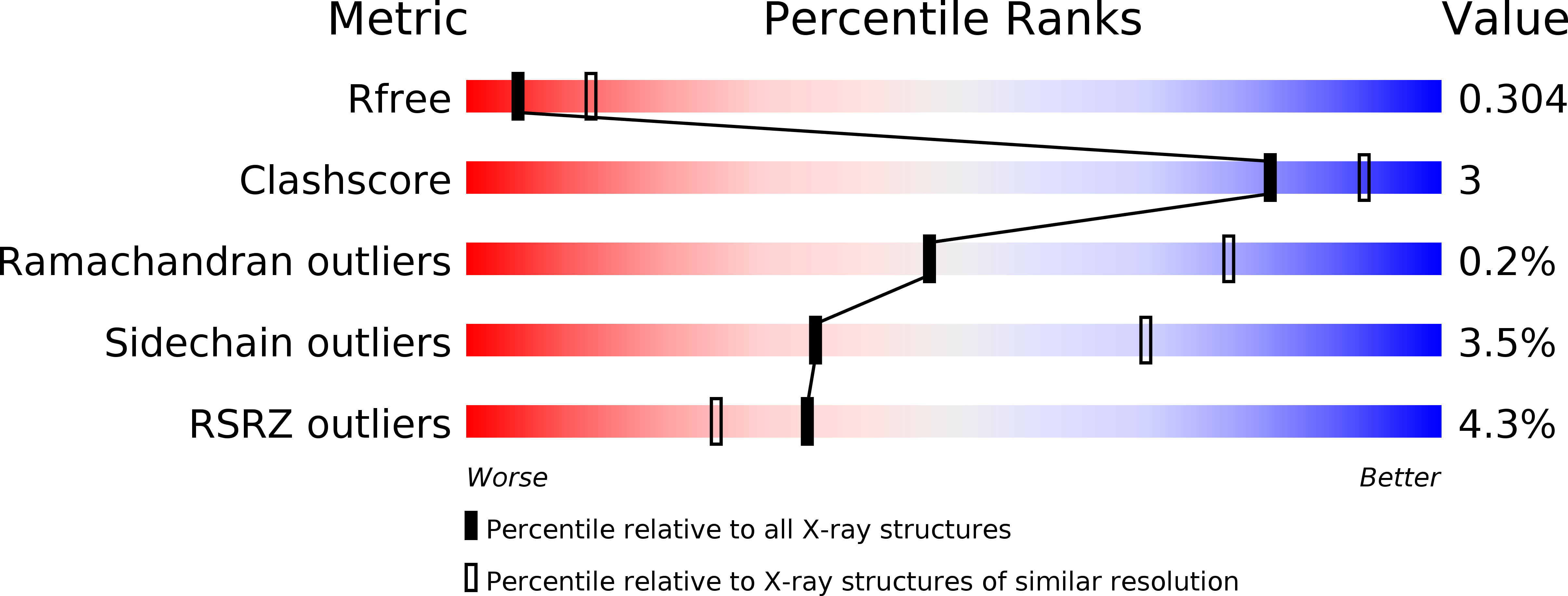
Deposition Date
2018-04-09
Release Date
2019-02-20
Last Version Date
2023-11-22
Entry Detail
PDB ID:
5ZNL
Keywords:
Title:
Crystal structure of PDE10A catalytic domain complexed with LHB-6
Biological Source:
Source Organism:
Homo sapiens (Taxon ID: 9606)
Host Organism:
Method Details:
Experimental Method:
Resolution:
2.80 Å
R-Value Free:
0.30
R-Value Work:
0.23
R-Value Observed:
0.23
Space Group:
P 21 21 21


